History of Zagreb salon
It sounds almost far-fetched that only a year after the photographic process of daguerreotype had been publicly announced (at the French Academy of Sciences in Paris in 1839), in the city of Zagreb emerged a wealthy dealer Demetar NovakoviE who took panoramic photographs of Zagreb surroundings. Unfortunately, these photographs were not preserved, but we learnt about them from the then newspapers. He was given instruction in the daguerreotype process in Paris by Louis Daguerre himself. That fact reveals once again that Zagreb has always belonged to the Central European cultural circle, and that photography emerged in it earlier than it did in many other European, much larger cities. Later activities of a series of photographers in Zagreb, throughout the nineteenth century, can only confirm it. Let us be reminded of Franjo Pommer and his album of photographs of eminent contemporaries from 1856 (fourteen years before a similar album of the famous French photographer Félix Nadar emerged); of the Trade Fair in Zagreb in 1864 where Croatian photographers had their exhibits; of the first Croatian photomonograph “Photographic Images from Croatia” by Ivan Standl, published in 1875; of the successful photographers of Zagreb Julius Hühn and Ivan Standl; or of the International Exhibition of the Works of Art held in Zagreb in 1891, which established domestic amateur photography. All these inevitably led to the establishing of the Klub fotografah amateurah (The Club of Amateur Photographers) in 1892 as part of the Society of Arts.
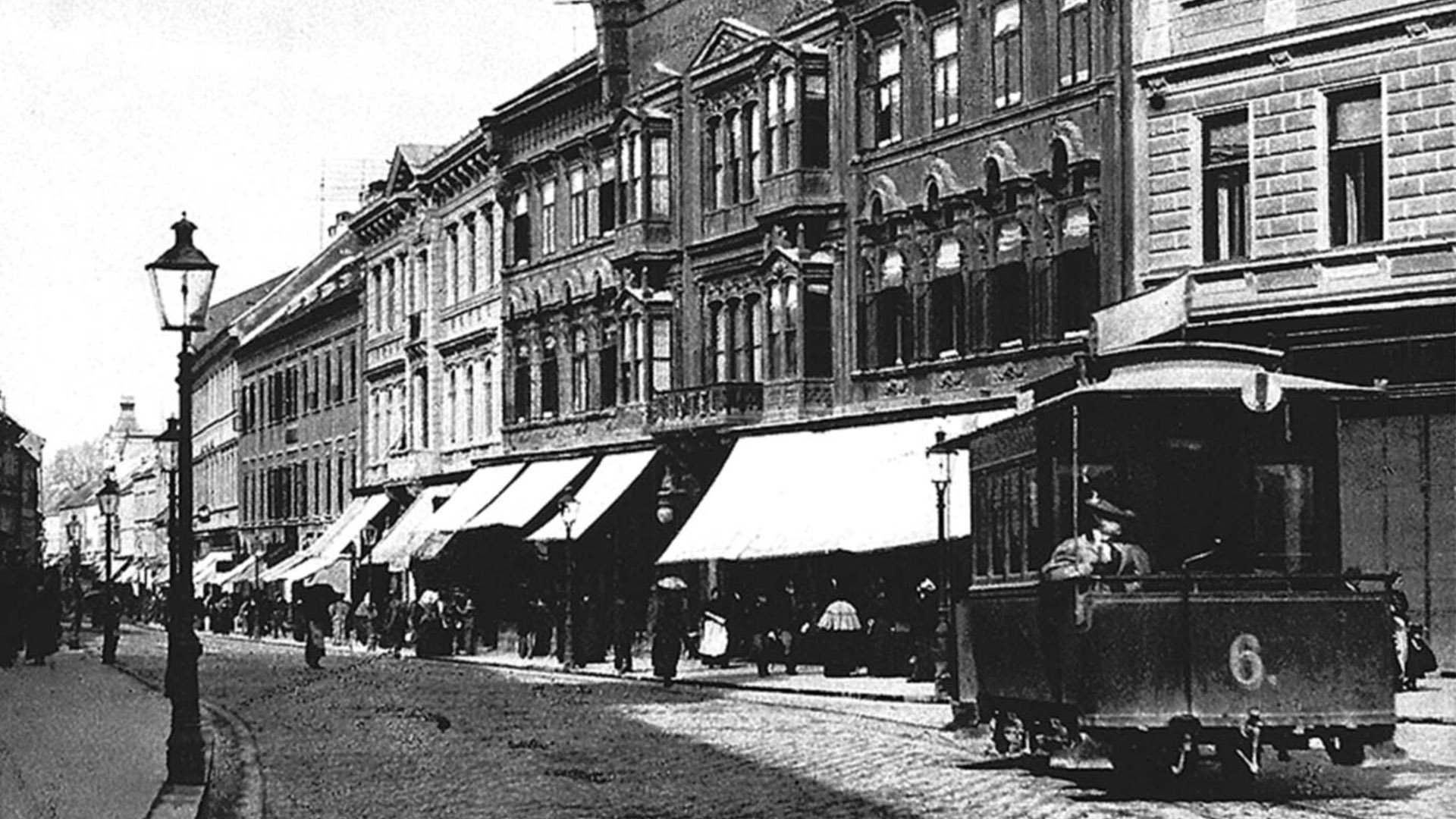
Already on that occasion, its founders imposed a task upon themselves “to inform their members of photography as well as possible, and also to get a wider public acquainted with natural and artistic beauties of their homeland”. This cultural and enlightening mission has, to the present day, remained one of the main features of the photography movement, in other words, of the Fotoklub Zagreb. Indeed, throughout its rich history the Fotoklub Zagreb has been developing and ennobling its fundamental idea with ever increasingly new contents, thus becoming globally recognisable. In accord with such policy and orientation of the Klub fotografah amateurah,the first international exhibition of photography was held in Zagreb in 1910. The exhibition was held at the Art Pavilion and it was a first-rate cultural event. In 1913, the second international exhibition of photography was held by the same club, again at the Art Pavilion. Owing to the First World War and political as well as social changes across Europe, the third in a row international exhibition was organised by (the then already renamed) Fotoklub Zagreb as late as 1935. Up to 1940, five international exhibitions of photography had been held, all at the Art Pavilion. The Second World War interrupted the continuity of those exhibitions again, for a longer period of time. Exhibitions continued to be held as late as 1951. Since then, up to the present day, the Fotoklub Zagreb has been traditionally organising the international exhibitions of photography, which has been, since 1962, titled the Zagreb Salon. Over that long period of time, the Zagreb Salon has developed into an impressive international exhibition of art photography with photographers, both amateurs and professionals, from the entire world.
Unfortunately, the continuity of this exhibition at the Art Pavilion was not maintained after the Second World War for several reasons. The exhibition was held in other, but always attractive, places (the Zagreb Fair, the National Liberation Museum, the Museum of Arts and Crafts, the Museum and Gallery Centre Gradec, the Kri?tofor StankoviE Gallery in the Old City Hall, the Home of the Croatian Association of Artists, the Mimara Museum) in accord with the then current material and other means of the Fotoklub Zagreb.
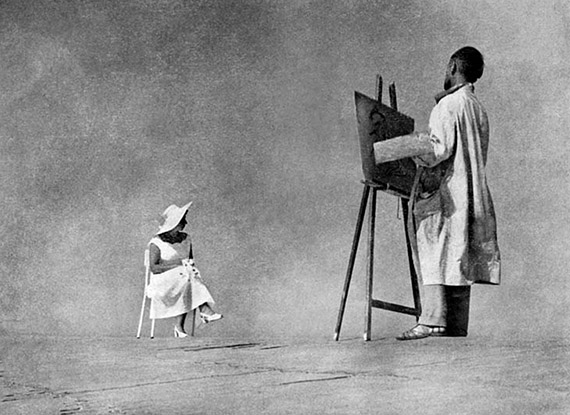
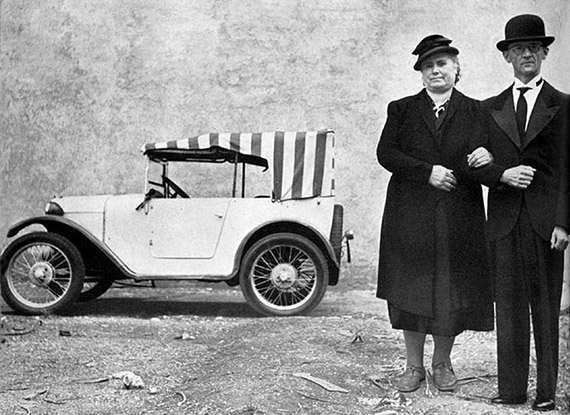
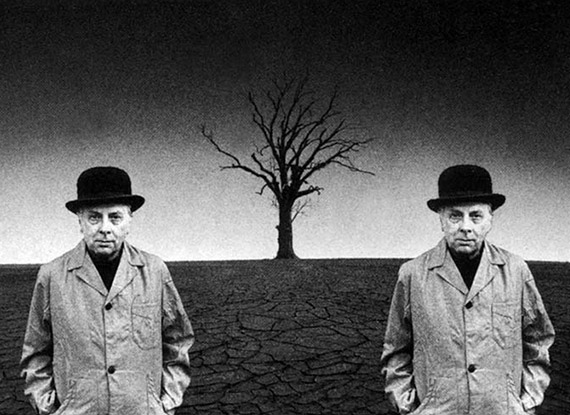
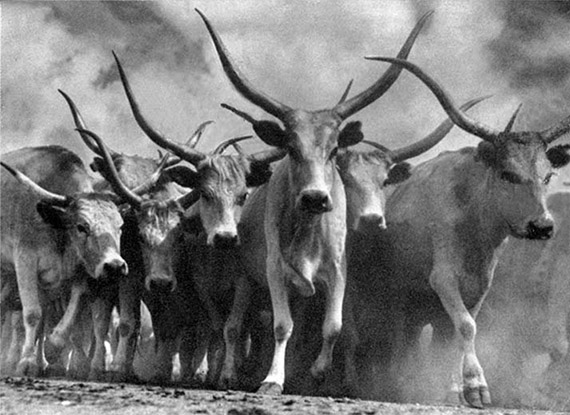
Although great world cataclysms, such as the First and the Second World Wars, interrupted the continuity of this exhibition, today we can proudly conclude that social systems have been changing, countries have been established and have disintegrated, but the tough photography movement, based on the infinite love towards photographic art, has survived, just as this exhibition has, owing to the long and great tradition of the amateur photography movement in the Fotoklub Zagreb. Photographers from more than seventy countries partook in thirty-two international exhibitions of photography. Thus, the city of Zagreb has become a meeting point of photographers from the entire world. This great international exhibition of photography has been traditionally accompanied by a series of events: meetings of photographers, forums, additional exhibitions, and has always generated media interes
A Hundred Years of the Zagreb Salon International Exhibition of Photography (1910 — 2010)
Download PDF